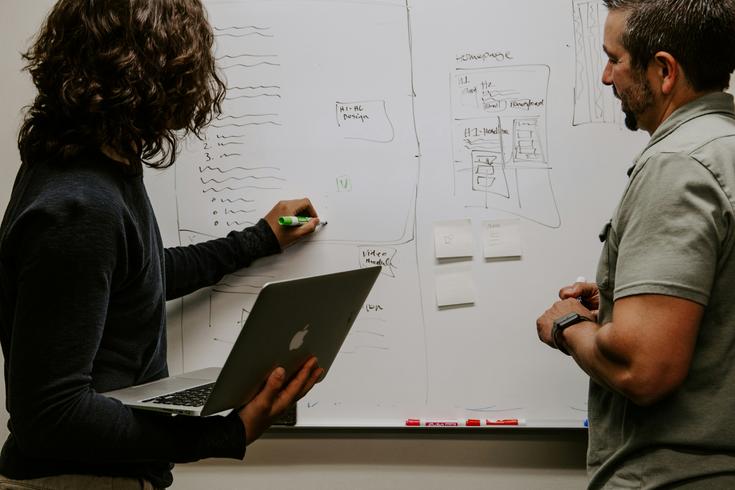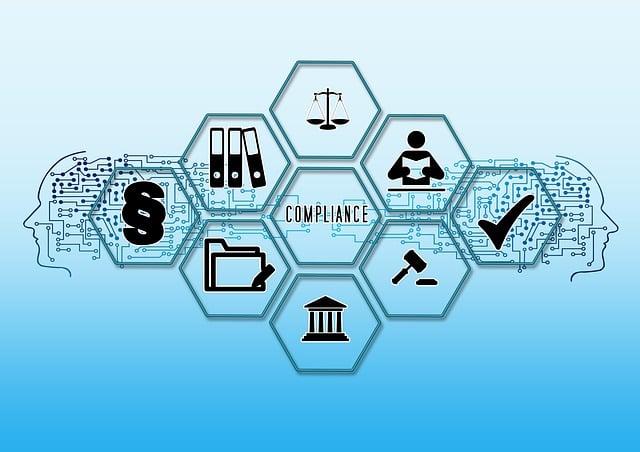
You can have the best SIEM, solid incident response plans, and talented analysts... and still miss critical threats.
The problem isn’t always the tec…Læs mere

Forensics sounds like something that should be clean, technical, and data-driven. But if you've ever sat in a post-mortem meeting or led an investig…Læs mere

Compliance isn’t just about ticking boxes. it's about making smart, informed decisions.
But even the most diligent among us can fall prey to cognit…Læs mere

Do you ever click on something you know you shouldn’t?
I do.
And so do your colleagues. Your boss. Your team. Pretty much everyone.
Not bec…Læs mere

Do you ever set your alarm early, fully intending to get up and start the day with purpose—only to snooze just once … and then maybe a few more time…Læs mere

We all love a good dose of optimism—it keeps us going, helps us dream big, and gives us the confidence to tackle challenges. But when it comes to IT…Læs mere

Did you know your brain is constantly on the hunt for rewards? It’s wired that way, thanks to your brain’s reward system – a natural mechanism that …Læs mere

Did you know your brain is constantly rewiring itself?
Every time you learn something new or repeat a behavior, your brain changes its connections…Læs mere

Behavioral science · 04/12-2024
Stop Writing Crisis Plans for People—Write Them for Elephants Instead!
When Crisis Strikes, Your Brain Isn’t Rational
Think you’ll stay calm, collected, and rational in the middle of an IT crisis? Think again. During a …Læs mere
___MESSAGE___
___MESSAGE___
